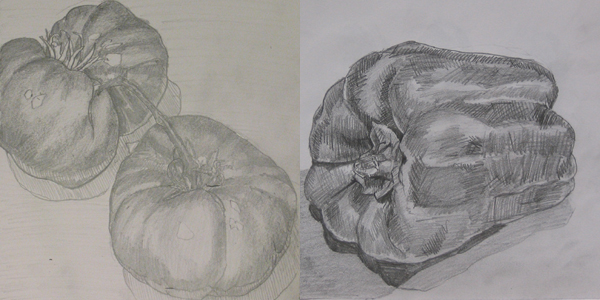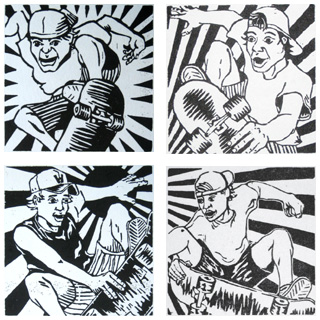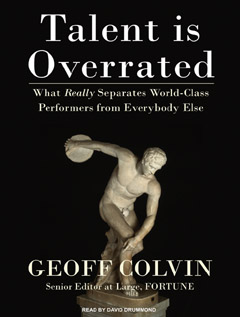This is a rather “practical” blog post, just an update on what I’ve been doing. No mushy gushy fun stuff today, just practical nuts and bolts about improving drawing skillz. I’ve been doubling down on this Deliberate Practice thing, spending an hour drawing most nights, this is an update.
I don’t exactly know how Deliberate Practice works, and I’m not going to pretend that I do. I’m not going to write about it with authority when I’m not really an authority on the subject (despite the rules of Blogistan). Eventually, if I keep up my practice, I will have authority on this subject matter, at least with regard to the practice of Fine Art creation.
I’ve said before, and I still believe, drawing is the most important creative skill for an artist. Artistic skill begins with drawing skill, and is capped by drawing skill.
So I want more drawing skillz, please.
While before I just drew, with no plan other than to draw, now I am following a plan. I bought a drawing instruction book, Keys to Drawing to work through. The book has 50 or so exercises meant to develop certain skills. I have worked through the first 6 in the last week, all of which have focused on observation, and recreating what I see into lines and shapes.
So far, I can’t say whether I recommend the book or not, but having a list of exercises has been helpful. I don’t have to think about what to draw, I just have to do the work.
I’ve had some realizations about Deliberate Practice, I have some tips, observations, etc.
First, having a plan works. Well. The first guideline of Deliberate Practice is that it is specifically designed to improve performance. I bought the drawing book mentioned above to fill this requirement. The book is, after all, specifically designed to improve performance. It may not be the best course for me specifically, but it is, in general, designed to improve skill. If I had a drawing instructor, I might get a better program, but I’m pretty sure that any program is more important than no program.
Second, I have to set a timer. If I plan to draw for one hour, I have to set a timer for one hour and work until the timer goes off. Watching a clock doesn’t work, setting the timer does. The process of setting the timer commits me to what I am doing for the time I commit to doing it. Something about it just works. Timers may be the most valuable productivity tool on the planet.
Third, I’m getting worse. This one was unexpected. As I’ve been working through this book, I feel like I’ve been getting worse and worse at drawing. For example:

The tomatos on the left were drawn months ago, before I was following any course of practice. The pepper on the right was drawn last weekend, as a drawing exercise from Keys to Drawing
The drawing on the left was done a few months ago, before I implemented any structure to my drawing practice. The drawing on the right was done last weekend as part of my structured practice. I think the tomato on the left “looks better” than than the pepper on the right.
The tomato on the left, however, was drawn the way I usually draw, and have drawn for years. I just applied the skills I already had as best I could. When I drew the pepper on the right, I was looking at the pepper differently, because I was instructed to, and attempted to depict different things about the pepper, and in different ways. In other words, I was using different skills, and different ways to draw, that aren’t as well developed as my “usual” way of drawing.
The big realization for me is that by getting a little worse, I probably am actually getting better. The new skills that I learn,and work to implement into my skill set, aren’t as developed as other skills, so when I use them, it seems like I am worse.
Follow My Progress
I created a set in my flickr.com account, check out Sean’s Deliberate Practice Flickr Set, and follow along as I update it. I include a short description of each exercise with each of the drawings I upload.
Are you implementing Deliberate Practice into your routine? What are you doing? How are you doing it?


